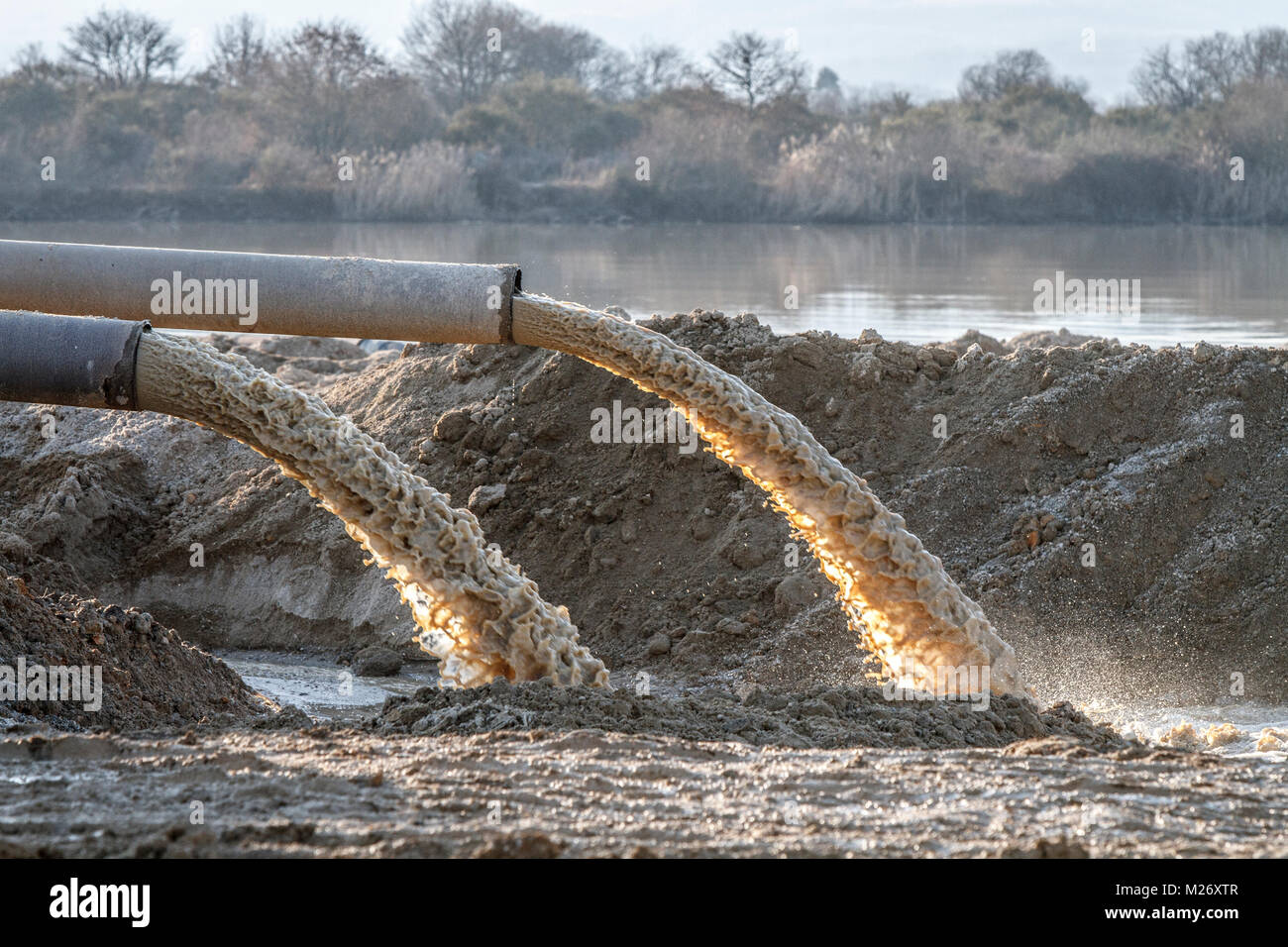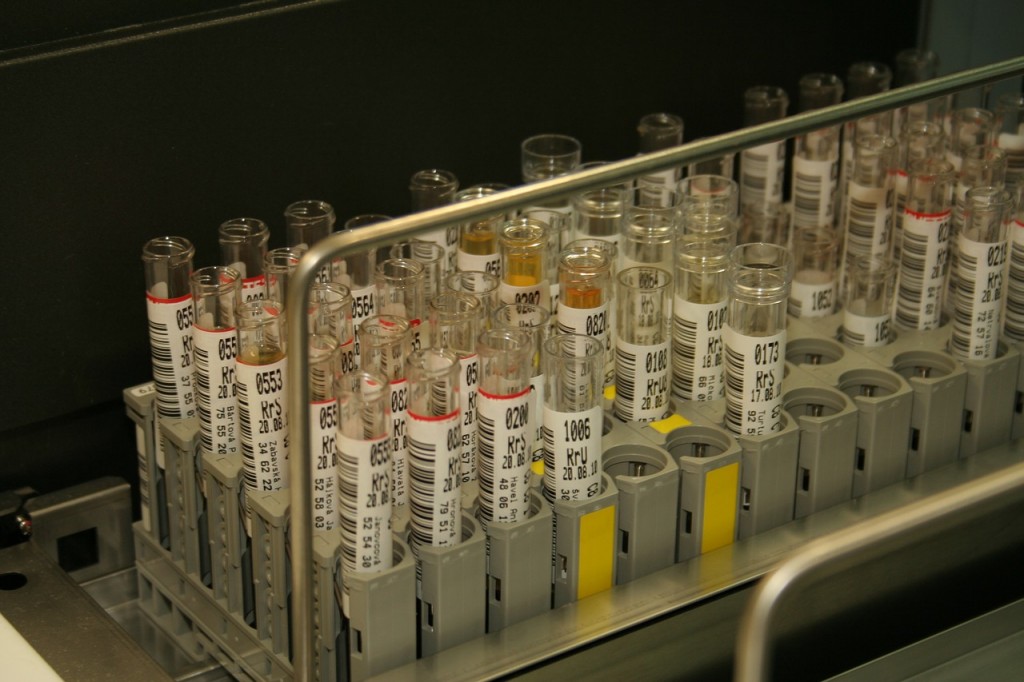Professional Liquid Waste Removal Melbourne: Quick and Inexpensive Services
Professional Liquid Waste Removal Melbourne: Quick and Inexpensive Services
Blog Article
How Liquid Waste Disposal Works: A Comprehensive Overview of Strategies and Technologies Used

Overview of Liquid Waste Types
The complexity of fluid waste types requires an extensive understanding of their qualities and implications for disposal. Liquid waste can extensively be classified into numerous types, consisting of industrial, community, agricultural, and contaminated materials. Each category shows distinctive buildings, requiring certain administration techniques to reduce environmental and health dangers.
Industrial fluid waste originates from making processes and often consists of a variety of impurities, such as hefty metals, solvents, and natural compounds. Community liquid waste, largely making up wastewater from houses and business establishments, contains raw material, nutrients, and microorganisms (industrial wastewater treatment). Agricultural fluid waste, consisting of drainage from farms, might have fertilizers, pesticides, and animal waste, posing risks to water top quality and ecological communities
Unsafe liquid waste is defined by its poisoning, sensitivity, or prospective to cause damage. This category consists of compounds like acids, bases, and specific chemicals that necessitate rigid handling and disposal protocols. Understanding these varied liquid waste types is vital for developing efficient disposal approaches and making sure conformity with ecological policies. Correct category and characterization are necessary for implementing proper therapy techniques and reducing the damaging effect on public health and the atmosphere.
Physical Therapy Methods

Screening is the first action, where bigger particles and particles are eliminated from the fluid waste making use of displays or grates. In sedimentation tanks, much heavier bits settle at the bottom, developing a sludge layer, while the made clear fluid can be more treated.
Filtering is one more essential method that involves passing the fluid through porous products, such as sand or membrane layers, to catch smaller bits. This step boosts the high quality of the fluid, making it appropriate for subsequent therapy processes.

Chemical Therapy Methods
Chemical therapy methods are important for properly handling fluid waste, specifically in dealing with liquified and colloidal contaminants that physical approaches may not appropriately eliminate. These strategies utilize different chemical representatives to reduce the effects of, speed up, or transform dangerous materials into less unsafe forms.
One typical approach is coagulation and flocculation, where chemicals such as alum or ferric chloride are included in advertise the aggregation of suspended bits. This procedure enhances sedimentation, enabling for less complicated removal of the resulting sludge. Furthermore, oxidation procedures, employing agents like chlorine or ozone, are utilized to damage down complex organic compounds and virus, providing the waste safer for discharge or additional therapy.
Neutralization is an additional critical method, which changes the pH of acidic or alkaline waste streams to neutral degrees, protecting against potential harm to downstream systems and the atmosphere. Moreover, progressed oxidation procedures (AOPs) utilize combinations of oxidants and ultraviolet light to deteriorate consistent contaminants, accomplishing a greater degree of therapy performance.
Organic Treatment Processes
Biological treatment processes play an important function in the administration of fluid waste by making use of microbes to decompose organic matter and minimize pollutant levels. These procedures can be extensively classified right into cardio and anaerobic treatments, each employing specific microbial areas to attain reliable waste destruction.
Cardio treatment includes using oxygen to facilitate the breakdown of natural products by go to these guys germs. This process is typically executed in activated sludge systems, where oygenation containers supply a favorable environment for microbial growth, causing the oxidation of organic pollutants. The resultant biomass can be separated from treated effluent through sedimentation.
On the other hand, anaerobic treatment occurs in the absence of oxygen, counting on different bacteria to damage down raw material. This approach is especially beneficial for high-strength waste, as it creates biogas, a renewable resource resource, while decreasing sludge production. Technologies such as anaerobic digesters are regularly utilized in industrial and local applications.
Both anaerobic and cardio biological therapies not only minimize the ecological impact of fluid waste but likewise facilitate source recovery, making them essential elements of sustainable waste administration strategies. Their efficiency, efficiency, and adaptability support their prevalent implementation across different sectors.
Emerging Technologies in Disposal
Ingenious strategies to liquid garbage disposal are swiftly developing, driven by advancements in innovation and a raising focus on sustainability. Among these emerging innovations, membrane layer bioreactors (MBRs) have actually gotten grip for their capability to integrate organic therapy with membrane layer purification, resulting in premium effluent that can be recycled in numerous applications. MBRs make it possible for smaller sized impacts and more efficient operations compared to conventional systems.
One more appealing advancement is using anaerobic food digestion combined with nutrient recovery technologies, which not only deals with fluid waste however also generates biogas and recovers useful nutrients like nitrogen and phosphorus. This double benefit improves source efficiency and minimizes environmental influence.
In addition, advanced oxidation procedures (AOPs) are being embraced for the destruction of intricate natural contaminants. pop over to this site These approaches use powerful oxidants and catalysts to damage down impurities at the molecular degree, using a highly effective service for difficult waste streams.
Moreover, the integration of synthetic intelligence and equipment knowing in waste monitoring systems is optimizing operational efficiency and anticipating maintenance, leading to reduced prices and enhanced environmental conformity. These innovations reflect a substantial shift towards even more sustainable and reliable fluid waste disposal techniques.
Final Thought
In conclusion, efficient fluid waste disposal demands an extensive understanding of different strategies and technologies. By constantly progressing these techniques, it becomes possible to deal with the expanding obstacles linked with liquid waste, ultimately contributing to ecological defense and source recuperation.
Liquid waste disposal is an essential aspect of environmental administration, needing a thorough understanding of numerous strategies and technologies tailored to different waste types. Liquid waste can broadly be categorized right into numerous types, including industrial, community, agricultural, and harmful waste. Agricultural liquid waste, including overflow from farms, may consist of fertilizers, chemicals, and pet waste, presenting dangers to water high quality and ecological communities.
Numerous physical check my reference therapy approaches play an essential duty in taking care of fluid waste effectively - industrial wastewater treatment.In conclusion, reliable fluid waste disposal demands a detailed understanding of numerous strategies and modern technologies
Report this page